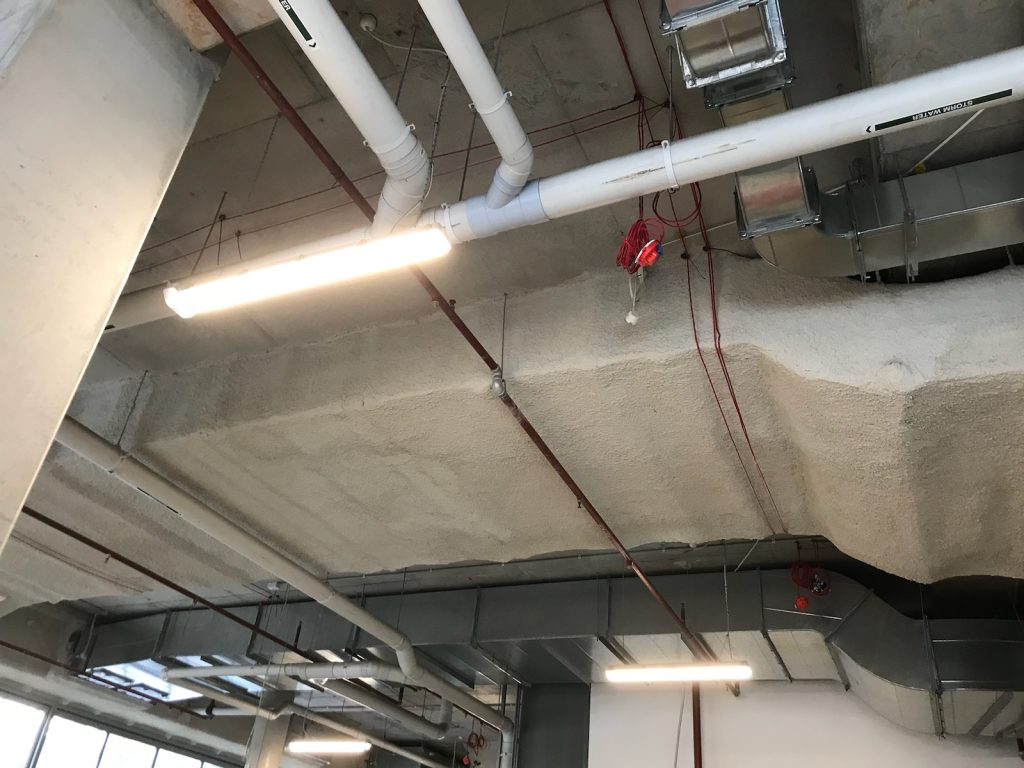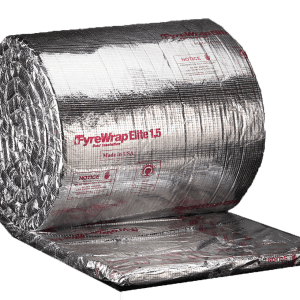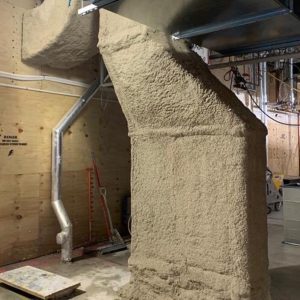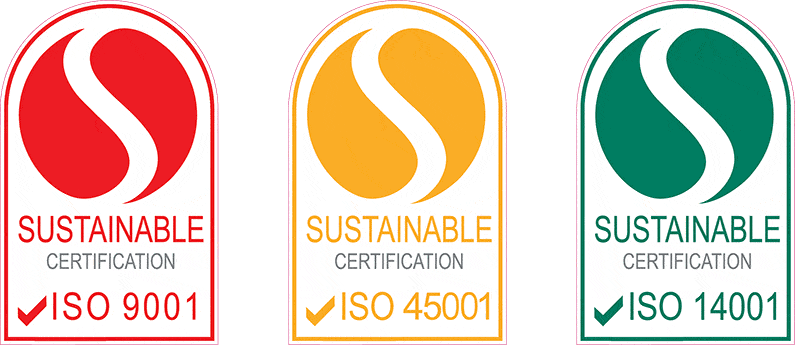5 Benefits of Duct Insulation: Keeping Your Property Comfortable and Safe
Duct systems are critical in large buildings, silently managing air distribution to maintain comfortable and safe environments. However, ducts often go unnoticed, hidden within the infrastructure of offices, factories, and large residential complexes. Without proper insulation, these ducts can lead to increased operational costs and potential safety hazards. Here’s how duct insulation can make a significant difference:
Energy Efficiency: Saving Money and Reducing Environmental Impact
- Reduced Heat Transfer: Uninsulated ducts can significantly impact energy consumption by losing heat in winter and gaining heat in summer as they traverse unconditioned spaces. This forces HVAC systems to work harder, leading to higher energy bills.
- Less Leakage: Duct leaks are more critical in large buildings, allowing conditioned air to escape and wasting energy. Insulation seals these leaks, ensuring that air reaches its intended destinations, which translates to energy savings and reduced operational costs.
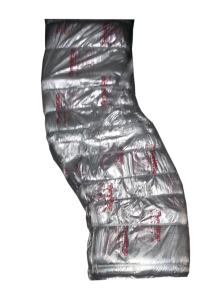
Improved Comfort: Consistent Temperatures Across Extensive Spaces
- Maintaining Desired Temperatures: Insulated ducts help stabilize temperatures throughout large buildings, avoiding uncomfortable temperature variances that can affect productivity and comfort.
- Reduced Noise Levels: In commercial settings, HVAC noise can be a significant disturbance. Insulation acts as a sound barrier, muffling operational noise and contributing to a quieter work environment.
Enhanced System Performance: Protecting Your Investment
- Reduced Strain on Equipment: By maintaining more stable internal temperatures, insulated ducts prevent HVAC systems from overworking, which can prevent premature wear and extend the lifespan of the equipment.
- Extended Equipment Lifespan: The reduced operational demand results in fewer repairs and maintenance needs, saving on long-term capital expenditures.
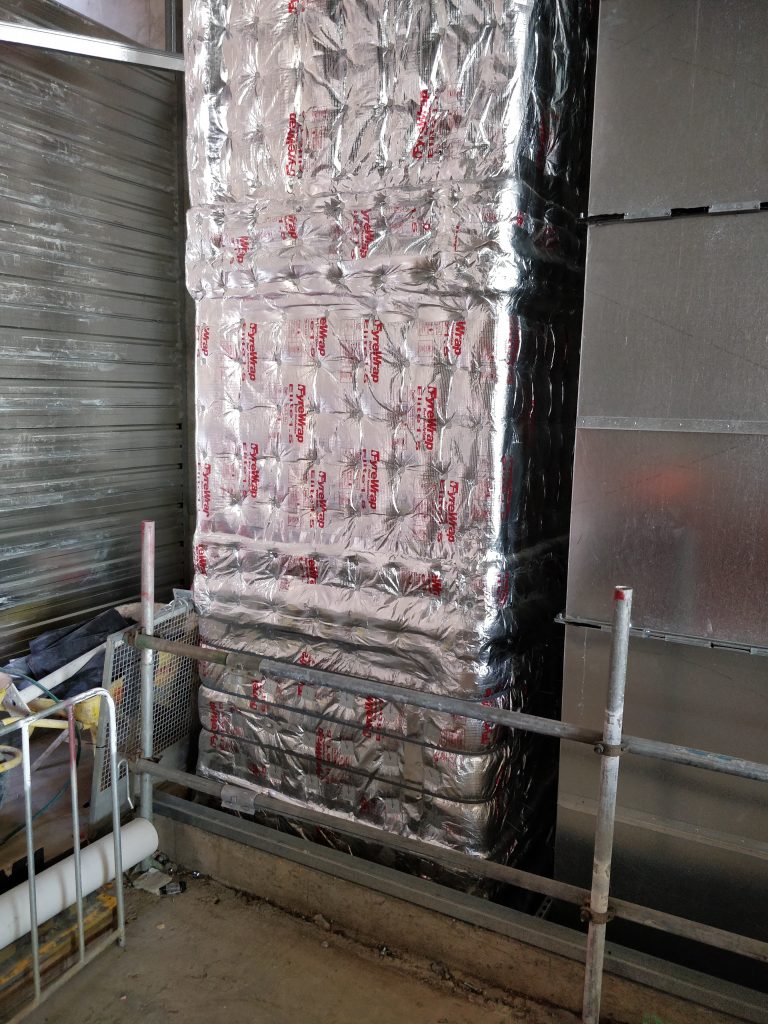
Improved Indoor Air Quality: Safer and Healthier Work Environments
- Reduced Dust and Allergens: In large facilities, the circulation of pollutants can be a significant issue. Insulation helps minimize the entry of dust and allergens into the duct system, enhancing indoor air quality.
- Reduced Mould Growth: By preventing condensation on duct surfaces, insulation mitigates mold growth risks, which is essential in humid climates and enhances health safety.
Fire Protection: Critical Safety Enhancement
- Slowing Fire Spread: Duct systems can unintentionally aid the spread of fire through a building. Fire-resistant insulation slows this spread, offering crucial evacuation time in emergencies.
- Passive Fire Protection: Compliance with the National Construction Code (NCC) for fire safety is mandatory in Australia. Fire-resistant duct insulation helps meet these stringent requirements, enhancing overall building safety.
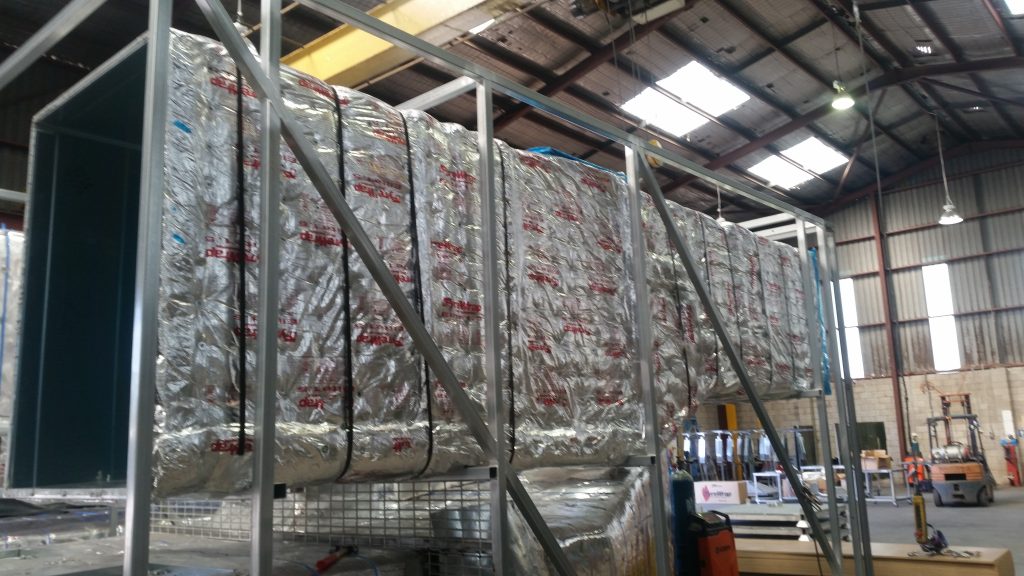
Professional Installation: Ensuring Maximum Benefit
Due to the complexity and scale of ductwork in large-scale environments, it is recommended that duct insulation be professionally installed. Qualified HVAC professionals can provide essential expertise, ensuring that the insulation is applied correctly for maximum effectiveness.
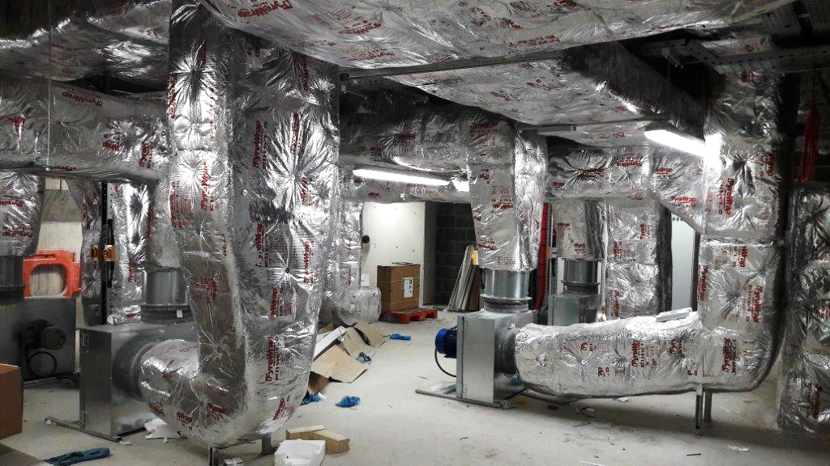
Investing in Comfort and Safety
Duct insulation is an essential investment for large-scale buildings, providing significant benefits in temperature control, energy efficiency, noise reduction, air quality, and fire safety. By enhancing the performance of HVAC systems and ensuring compliance with safety standards, duct insulation creates a more efficient, comfortable, and secure environment for all occupants.
